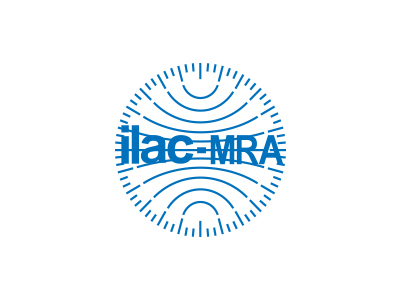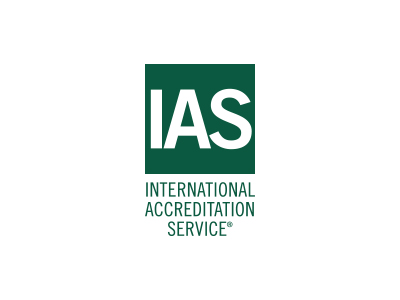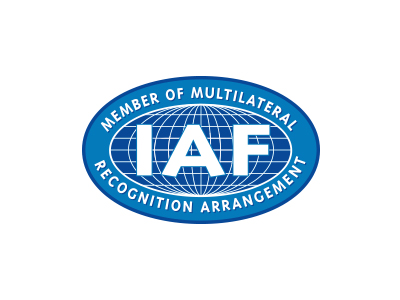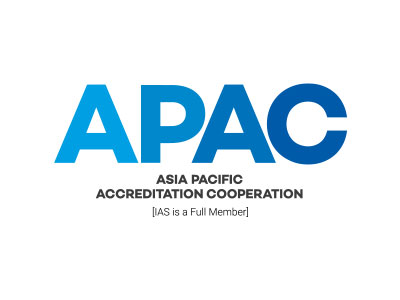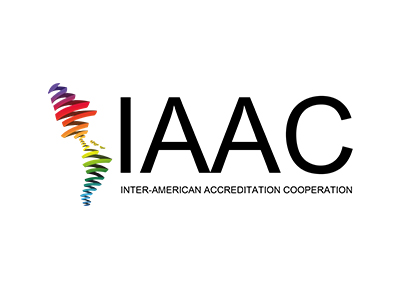Non-destructive Testing — Building Code Requirements and IAS AC472 Accreditation
To help determine non-destructive testing requirements of the applicable building code and to establish minimum practices and procedures for maintaining AC472 accreditation, the International Accreditation Service (IAS) and the Metal Building Manufacturers Association (MBMA) provide the following information and answers to frequently asked questions. Readers are encouraged to review reference sections cited in the codes/standards to verify that the summary provided herein is applicable to a specific situation.
Introduction
The applicable building code edition referenced in the contract documents determines the required edition of the referenced material design specifications, [American Institute of Steel Construction (AISC) 360, AISC 341 etc.]. For the purposes of this paper, discussion focuses on the requirements in the most recent and widely adopted model building code – the 2018 International Building Code (IBC), and therefore AISC 360-16 and AISC 341-16.
The best way to control weld quality is by controlling the process, not by performing NDT after the fact. Even so, inspections related to quality control (QC) are routinely carried out by the metal building manufacturer that include visual examinations of welds and may also include nondestructive testing (NDT) of welds. Inspections related to quality assurance (QA) are traditionally carried out by others (third party inspection) and these QA inspections are referred to as “special inspections” in the building code. However, as discussed below, a metal building manufacturer may not only be exempt from specific special inspections required by the IBC, but also may be able to carry out special inspections and NDT using their own certified personnel.
